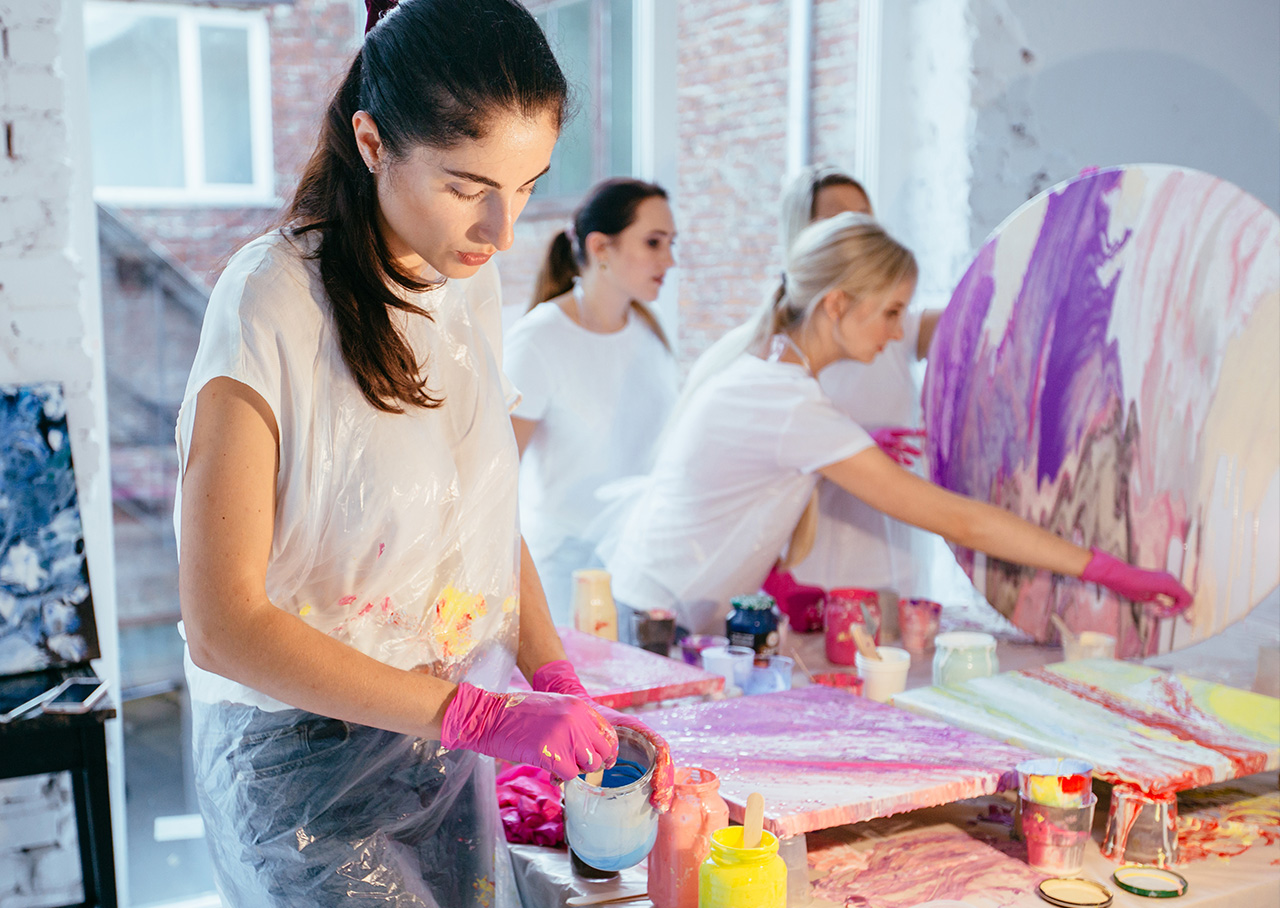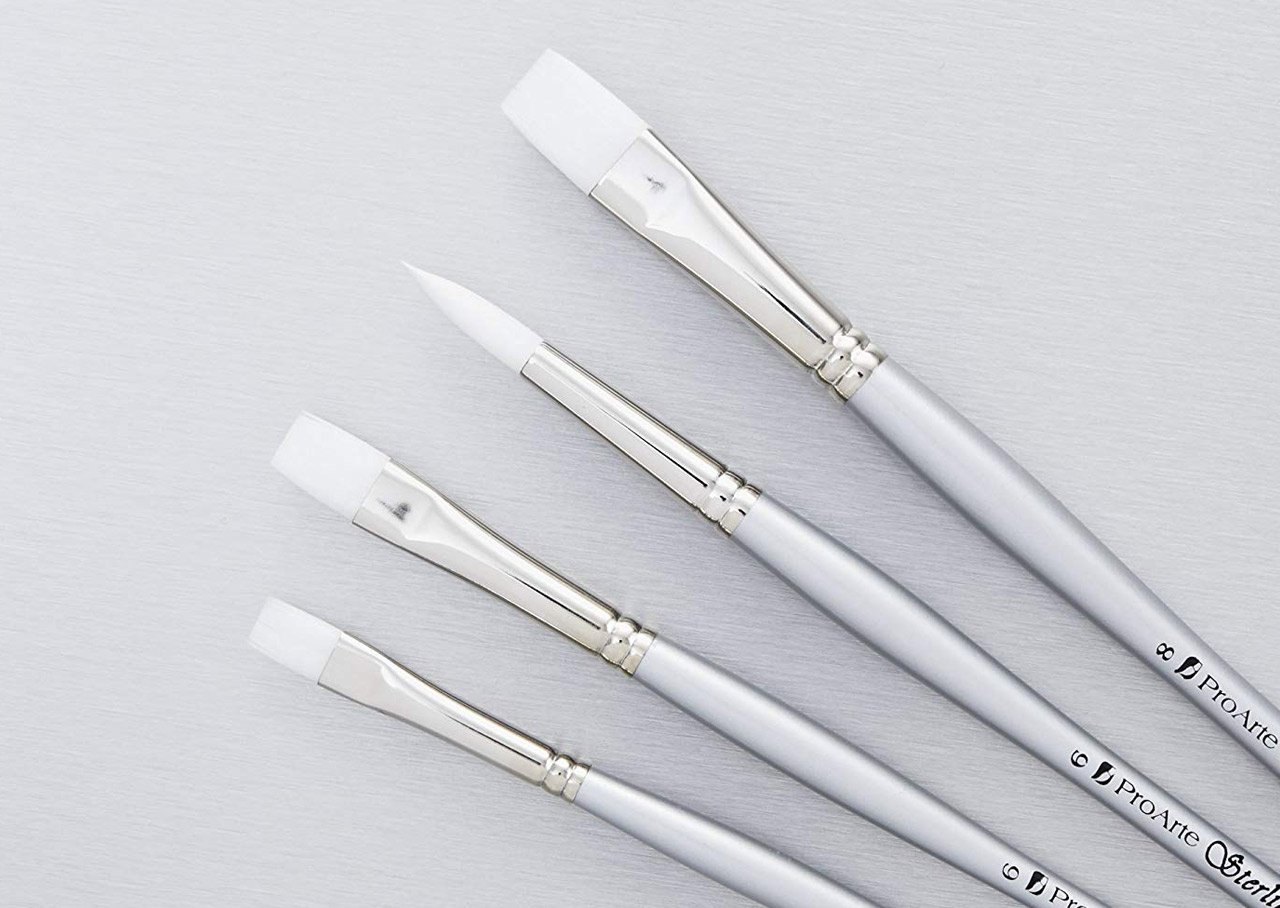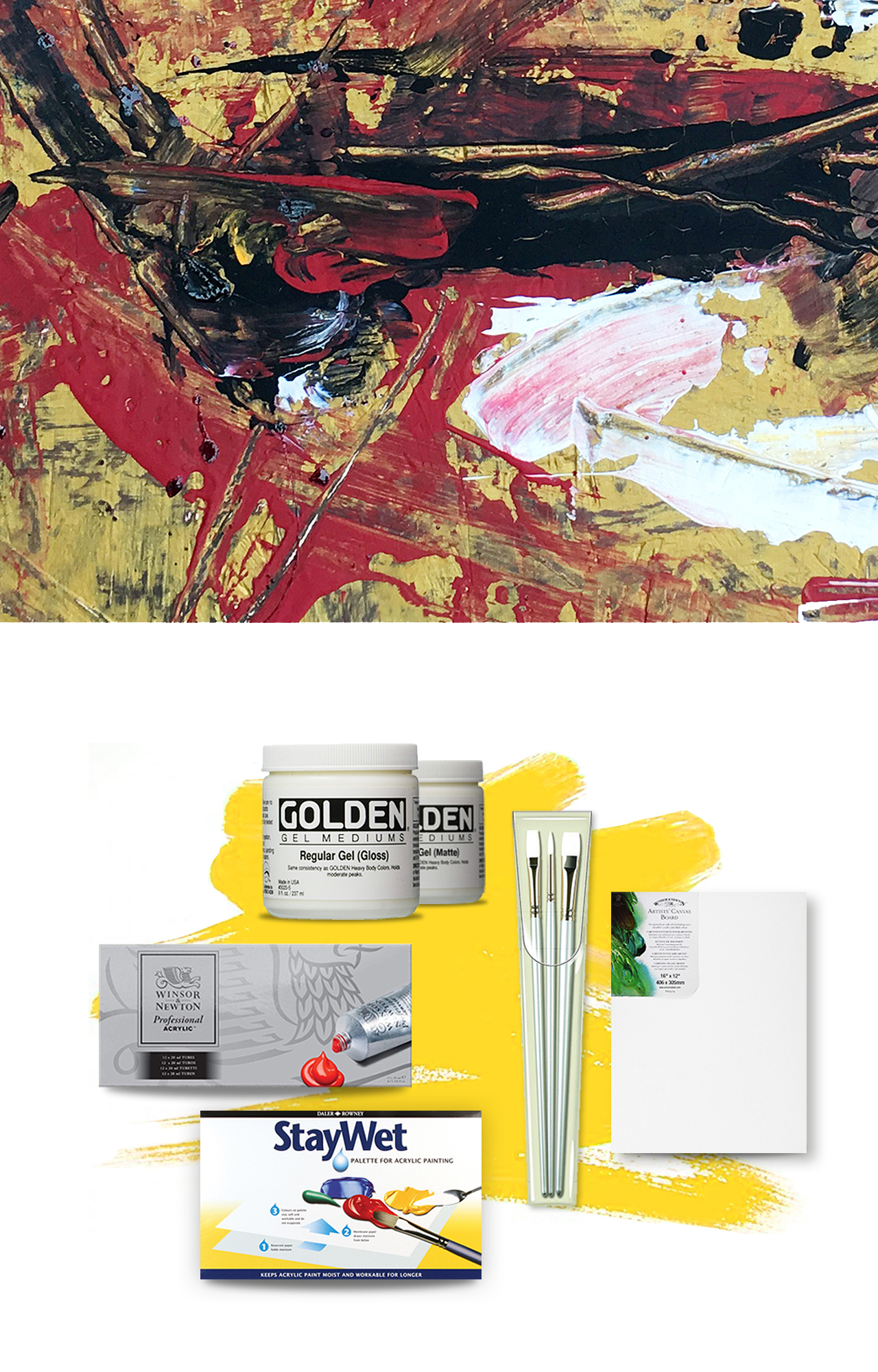How to Paint with Acrylics
3rd January 2020
2020-01-03
How to Paint with Acrylics
Broad Canvas
https://www.broad-canvas.com/img/broadcanvas_logo.svg
Traditionally artists have painted using either watercolour or oil paints, but in the mid-20th century, a new upstart arrived on the scene – acrylic paint – which has since joined them as one of the most used paint mediums in the world. If you love to paint, then you’ll love learning how to paint with acrylics.
Being water-based (easy to clean) and quick to dry, acrylics don't need to use any toxic solvents and can be applied to a wide range of surfaces such as canvas, wood and textiles, being applied with brushes, palette knives, rollers or even airbrushes. Once dry, acrylics become strong and flexible, lightfast and permanent.
To start with, choose your preferred paint 'thickness'. Acrylics come in a variety of viscosities/bodies. Soft or medium body is fluid and smooth with good coverage. Heavy body is thicker and retains brushstrokes. Extra or super heavy body is very thick and great for textured or impasto applications.
Find your style.
Starting fresh in any new artistic endevour brings a chance to hone your own styles. Experiment with different brush sizes, surfaces and brush strokes. For example, you could try being more physical and quickly express your inner feelings, which would use a different approach than if you were painting a still life. Use a large brush and more fluid paint to create bold brush strokes. Conversely use a smaller brush and canvas to add detail and focus.
Make time to experiment and see what comes more natural to you once you understand your acrylic paint's properties.
Use water as a tool.
As with watercolour paint, water is everything. If you apply the paint straight from the tube paint and use a dry brush, you'll create a strong brush stroke – perhaps unevenly because there's no water to soften the edges – but dry brushing can give you a distinct painterly effect.
By using more water in your mixing palette, or even applying it from a spay bottle directly on to the canvas, you can create effects, strokes and colours in a myriad of ways. For example, by spraying a fine mist of water onto a layer of paint already dried (and sealed with a layer of clear acrylic binder), you can paint on this then add drops of ethanol to disperse the paint and create an amazing texture through the paint layers.
Applying your paint.
When applying your paint there are so many ways in which you create form and texture. Choose a great brush from our excellent range, experiment with a palette knife, use household objects, sponges, straws, newspaper and whatever you have to hand.
Remember there are no rules, acrylic is very forgiving so there's plenty of room to be creative, but with all the ways in which to use the paint...don't forget colour, take time to mix the paints well and find what works best for your art.
Using acrylic mediums, pastes, gels and additives.
Because of acrylics versatility, you can use a variety of extra products to create an endless variety of effects in your work.
Mediums: mixed with paint for thinning, glazing and can be used as an adhesive for collage and mixed media. You can usually choose either 'matte' or 'gloss' to help blend better in your work.
Pastes & gels: mixed with acrylic to add texture or thickness whilst also adding a coloured, glowing, metallic or translucent element. There's also crackling and modelling pastes for extra texture. These will probably lengthen your drying time.
Additives: which can include glass-based beads, string gels - good for adding raised details, sand and other textured elements to make your art stand out.
Finishing touches.
Depending on how thick the paint is, once your artwork is finished, take time to rest it flat and in a room that will be kind with temperature – too hot and the paint might crack, too cold and it might take days to dry. Now's the time to add any finishing elements such as gold leaf, which needs a thoroughly dry surface for best results.
Acrylic is very durable but you may want to seal the paint once it's dry, with a varnish to add an extra layer of protection, especially if you intend to sell your work. You can spray or paint varnish but remember that using a brush will leave translucnet brush marks. We look forward to seeing your work!
We have a couple of budget-saving starter sets to help you on your way, depending on how advanced you are in acrylic painting;
View our Artist Acrylic Starter Set here.
Was 121.20 Now £90.13.
View our Student Acrylic Starter Set here.
Was 73.99 Now £58.43.
Read how to use Nitram Liquid Charcoal here.






